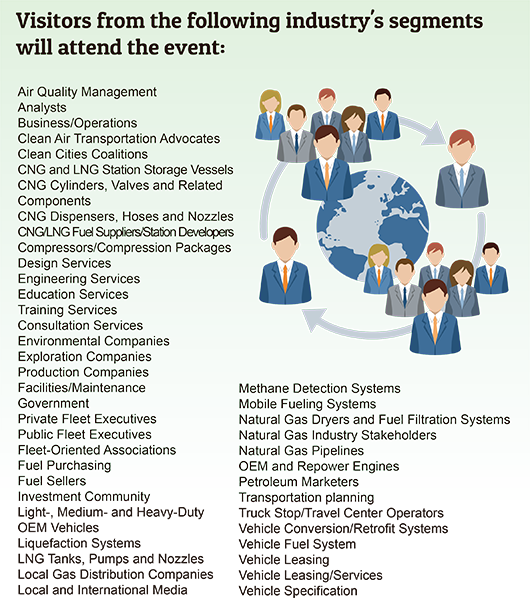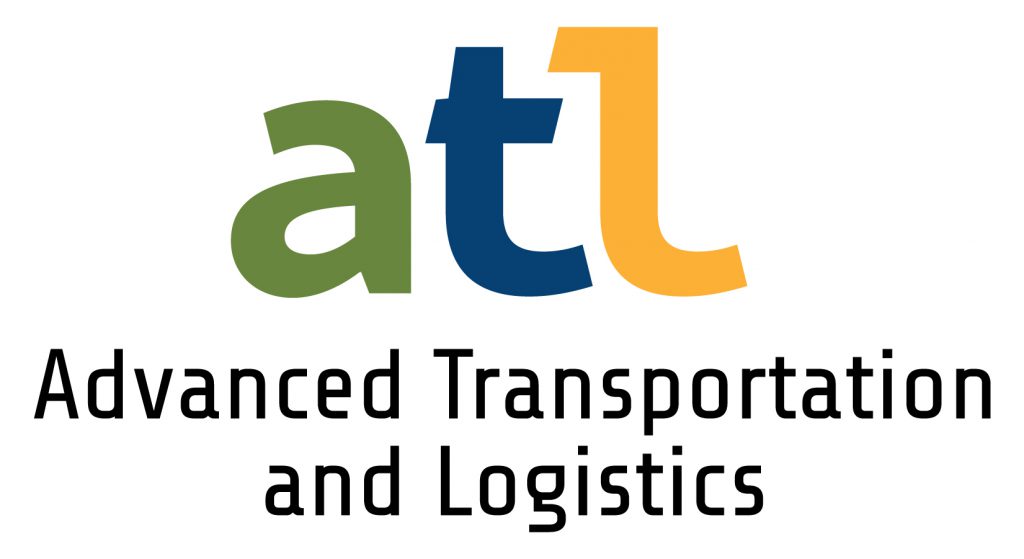It may have sounded impossibly idealistic at one time, but there’s no longer any debate about whether dairy waste can be converted into low-carbon energy, even on an industrial scale.
Original Article BY JOHN COX, The Bakersfield Californian, jcox@bakersfield.com, Feb 22, 2015
The question these days is, under what conditions does it make financial sense? A new operation just north of the Kern County border provides a fresh example of what it may take, in terms of logistics, volume requirements and government subsidies, to expand energy production from cow manure.
Calgren Renewable Fuels’s $9.5 million “biodigester” project in Pixley, first fired up last fall, takes in liquid waste by pipeline from an 1,800-cow dairy a mile away. It stores the material in a large tank underground for three weeks at 101 degrees, much the way a cow’s digestive system would. This maximizes the amount of methane it puts off and kills most bacteria and other pathogens. Leftover liquids are then returned to the dairy as fertilizer, while any solids are sent back as cow bedding. Similar recycling processes have been employed at more than 80 biodigesters across the country.What’s left is a gas mixture consisting mostly of methane, the powerful greenhouse gas commonly used to cook food, power vehicles and generate electricity.
The next step is part of what distinguishes the Pixley project from most other “biogas” plants. Calgren uses the gas to help power the company’s adjacent ethanol plant. Other biogas facilities running on dairy waste use the methane to power tractors and other vehicles on site, or they burn it to produce steam to create electricity for sale to the grid. Some plants process the gas and ship it by pipeline to utilities for use as regular natural gas. Besides dairy waste, other materials such as spoiled eggs and waste from meat packing plants can be used as feedstock for the Pixley biodigester.
The biogas produced by Calgren’s digester provides a relatively small amount of the plant’s fuel needs – less than 10 percent. But it’s enough to earn the state’s moral and financial support.
“By reusing dairy waste and converting it to a useful fuel product, we avoid more costly and environmentally risky disposal methods,” Jim McKinney, program manager of the California Energy Commission’s Alternative and Renewable Fuel and Vehicle Technology Program, said in remarks prepared for the plant’s recent opening.
The commission awarded the project a $4.6 million grant funded by a surcharge on California vehicle registration fees that produces about $100 million year for promoting low-carbon fuels.
Find the complete article here: Link








 The plan is to combine existing courses from three colleges through a shared program to provide a knowledge and skill foundation for workers entering employment at power generation facilities. Courses will be delivered primarily through distance learning at the participating colleges, then to job sites as workers complete their program. A study of the course and program approval process at desert region colleges was conducted to identify and propose enabling policies for shared courses. These recommendations were presented to the Regional Consortium Steering Committee on September 19.
The plan is to combine existing courses from three colleges through a shared program to provide a knowledge and skill foundation for workers entering employment at power generation facilities. Courses will be delivered primarily through distance learning at the participating colleges, then to job sites as workers complete their program. A study of the course and program approval process at desert region colleges was conducted to identify and propose enabling policies for shared courses. These recommendations were presented to the Regional Consortium Steering Committee on September 19.
